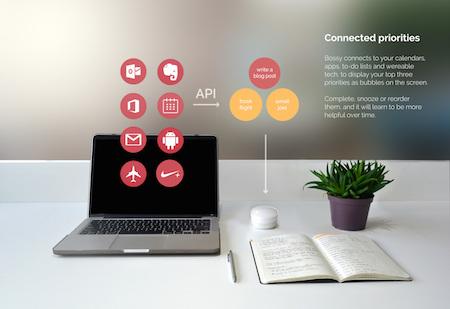The Quantified Self movement has popularised the idea of measuring your performance over time. Now there are products on the market designed to encourage people to achieve their objectives through physical encouragements or constraints.
After the promise of getting to know yourself better comes the promise of actually changing yourself for the better. Nowadays there is a wide range of connected objects and mobile apps out there designed to serve the current trend for managing your life by taking a leaf out of the book of managers running companies – i.e. sourcing vital data, micro-managing things on a daily basis, setting goals for improvement/optimisation, and so on. This is the age of the Quantified Self, whose products represent a major slice of the ‘applications economy’. And connected personal time management may be the next big thing. Now that the Quantified Self trend has begun to ingrain the idea that we ought to run our private lives along the same lines as our working lives, solutions are appearing on the market which offer people the option of imposing restrictions on themselves in a bid to improve overall productivity.

Credit Card Finder's iBag
Meanwhile the iBag is intended to fortify the will of people trying to bring their impulse to shop under control by slapping digital handcuffs on them. Currently still at the project stage, iBag will actually restrict physical access to your purse at specific times or specific geographical locations deemed ‘dangerous’ for your spending compulsions.
These innovative connected tools are riding the wave of the current entrepreneurial mindset, which is increasingly looking to underpin the popular culture of personal development and self control with the principles of lean management that are often central to the success of tech startups.